Louisville KY Radon Levels By Neighborhoods
Having a Radon gas test performed is one of the options folks have when buying a home. Most home inspectors in Louisville offer Radon testing as an option for buyers as part of their services. For the past five years, I have been tracking my Radon tests performed in Louisville, KY to see what areas of town have the highest risks for elevated levels of Radon gas.
The data is quite interesting. Some areas are much more prone to having higher levels of Radon gas than others. Why is that? Is it the age of the houses? The type of construction that was used to build those houses? Does it have something to do with the soil composition under the house? I have my theories, but we’ll cover that later.
Here’s the scoop.
I typically perform around 250-275 Radon tests per year in the Louisville area. Some of these Radon tests are in neighboring towns like LaGrange, Crestwood, Simpsonville, Shelbyville, Bardstown, Mount Washington, and Taylorsville. Those Radon tests have been removed from this data. We are going to stick to the Louisville only tests for this analysis.
In total, I have performed 1,340 Radon tests in the past five years.
Of those 1,340 Radon tests, 173 were in towns outside of Louisville, so we are tossing those out for this conversation. That leaves us with 1,167 Radon tests to examine.
Louisville has a lot of neighborhoods. Much like the state of Kentucky has a ton of counties (4th most numerous in the nation at 120), there are 67 “neighborhoods” in Louisville. To keep things simple, I am going to lump the smaller neighborhoods in with the larger ones. I’ve broken the city down into four sectors, with the largest 38 neighborhoods.
It’s important to note that the city of Louisville as a whole has been rated Zone-1 by the EPA for having the highest likelihood of elevated Radon gas numbers. Everyone in this area should have their homes tested to know for sure what their specific home’s levels are.
There are two kinds of homes that do not have the potential for high levels of Radon: Treehouses and houseboats. Nothing else gets a pass.
Louisville Neighborhoods
I’ve broken the city up into four categories starting from the west and moving to the east. Think of these as four vertical strips running north to south.
Area 1 – Portland, Shawnee, Old Louisville, Shively, South Louisville, Iroquois, Pleasure Ridge Park, Fairdale, and Valley Station. 89 Radon tests performed.
Area 2 – NuLu, Germantown, The Highlands, Poplar Level, Audubon, Seneca Gardens, Newburg, Buechel, Okolona, Highview, and Hillview. 312 Radon tests performed.
Area 3– Jeffersontown (J-town), Fisherville, Hurstbourne, St. Matthews, Indian Hills, Crescent Hill, Clifton, Cherokee, and Fern Creek. 405 Radon tests performed.
Area 4– Glenview, Prospect, Linden, Springhurst, Anchorage, Middletown, and Lake Forrest. 361 Radon tests performed.
Each area has been broken down into the following categories.
1. Type of foundations: basement, concrete slab, or crawlspace.
2. How many Radon tests were above the EPA action level of 4.0pCi/L.
3. Highest levels I have found in each area.
Area 1 – Old Lousiville, Downtown, and West of I-65
This area has many of the oldest homes in the city. Downtown and Old Lousiville are full of 120+ year old houses. The vast majority of the foundations in this area of town are crawlspaces or dirt floor cellars with attached crawlspaces. Since we only test for Radon in the lowest potential living space, we never place a Radon monitor in a crawlspace or cellar. This is likely why this area has the lowest potential Radon issues that I have found in Louisville.
The radon levels in Area 1 aren’t related as much to the soil composition as they are to the types of homes in these areas. Old, drafty homes that are built on crawlspaces don’t seem to have high Radon levels as often as modern houses.
The double-edged sword for buyers of these old homes is that if the home does test high, it can be very expensive to correct. This is because to properly mitigate high Radon levels on a crawlspace house, you must encapsulate the crawlspace. I’ve seen complicated Radon mitigation systems be as much as $10,000 for these types of homes. Obviously, as a buyer, you want the ability to negotiate that with the sellers, so having your potential home tested is a no-brainer.
Out of the 89 total Radon tests I have performed in Area 1, 14 had levels above the EPA action level of 4.0pCi/L. That means 15.73% came back with high Radon levels.
| Testing Results | Basement | Crawlspace | Concrete Slab |
|---|---|---|---|
| Total Number of Tests | 16 Radon Tests | 47 Radon Tests | 26 Radon tests |
| Elevated Homes | 7 Elevated | 2 Elevated | 5 Elevated |
| Highest Recorded | 28.8pCi/L | 4.9pCi/L | 16.7 pCi/L |
Area 2 – The Highlands, Buechel, and Okolona
In Area 2, we begin to see more way more houses with basements. In the Highlands, homes mostly have concrete basements or a blend of a concrete basement with a small crawlspace off to the side. Since most folks have quasi-finished these areas for living spaces, or at least have laundry/storage areas in the basements, we always place the Radon monitor in those areas as they have the potential for living space.
Out of the 312 total tests I have performed in Area 2, 114 had levels above the EPA action level of 4.0pCi/L. That means 36.54% came back with high Radon levels.
Note: This area of town is where I found my all-time record high Radon level in a home. In Buechel, near Six Mile Lane, I had a home test over 500pCi/L. Yes, 500pCi/L.
Because I had never seen a number that high, I performed another test, as I was certain the first one was botched somehow. The second monitor’s result was reasonably close to the first test. The house simply had crazy high levels of Radon gas.
| Testing Results | Basement | Crawlspace | Concrete Slab |
|---|---|---|---|
| Total Number of Tests | 165 Radon Tests | 56 Radon Tests | 91 Radon tests |
| Elevated Homes | 93 Elevated | 6 Elevated | 15 Elevated |
| Highest Recorded | 528.8pCi/L | 8.4pCi/L | 22.1 pCi/L |
Area 3 – J-Town, Fern Creek, and St. Mathews
This is the area of Louisville where I have done the most Radon tests. Fern Creek and Jeffersontown (J-town as we call it) are two of the largest “neighborhoods” in the whole city in terms of square miles, so it makes sense I would do more home inspections and radon tests in these areas.
Out of the 405 total tests I have performed in Area 3, 211 had levels above the EPA action level of 4.0pCi/L. That means 52.10% came back with high Radon levels
| Testing Results | Basement | Crawlspace | Concrete Slab |
|---|---|---|---|
| Total Number of Tests | 281 Radon Tests | 43 Radon Tests | 81 Radon tests |
| Elevated Homes | 179 Elevated | 7 Elevated | 25 Elevated |
| Highest Recorded | 86.7pCi/L | 10.4pCi/L | 17.7 pCi/L |
Area 4- Prospect, Middletown, and Lake Forrest
Area 4, also known as the “East End,” has the highest numbers of basements and concrete slabs. There are some older homes with crawlspaces, especially in areas like Anchorage, but for the most part, the homes in the big neighborhoods like Lake Forrest, which has over 1700 homes, are on basements.
Out of the 361 total tests I have performed in Area 4, 195 had levels above the EPA action level of 4.0pCi/L. That means 54.02% came back with high Radon levels.
| Testing Results | Basement | Crawlspace | Concrete Slab |
|---|---|---|---|
| Total Number of Tests | 268 Radon Tests | 24 Radon Tests | 69 Radon tests |
| Elevated Homes | 163 Elevated | 5 Elevated | 27 Elevated |
| Highest Recorded | 123.0pCi/L | 8.8pCi/L | 15.7pCi/L |
There you have the breakdown for Radon Testing in Louisville, KY. I think it is safe to say that if you are buying a home with a basement in Louisville, you should have a test performed so you can know your home’s Radon level.
If you are buying a home with a crawlspace or concrete slab, the chance is lower that the home will have elevated levels, but it is absolutely not impossible. Anyone who says a crawlspace or slab home doesn’t have Radon is either ignorant or lying to you.
If you would like to schedule a test on your home, fill out the form at the bottom of this page and I’ll get back to you ASAP!
In case you are interested, here are a few more links to other posts on Radon Gas and Radon Testing that may be helpful.
Should you test for Radon Gas in Louisville?
Frequently Asked Questions
Schedule Your Radon Test
A professional Radon test with an NRPP calibrated monitor is $225 in Louisville when not coupled with a home inspection. If you are located outside of Louisville it can run a bit more. The test takes a minimum of 48 hours, but if time allows, I like to leave my tests in place for 96 hours. I find the more data we have, the better we can understand your home’s Radon levels. This will help us develop a better action plan for your situation.
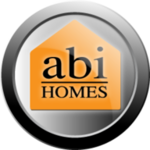



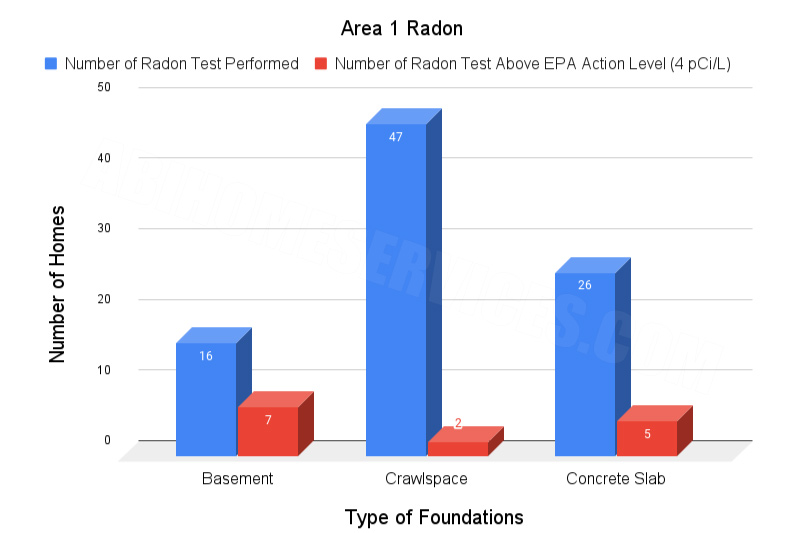


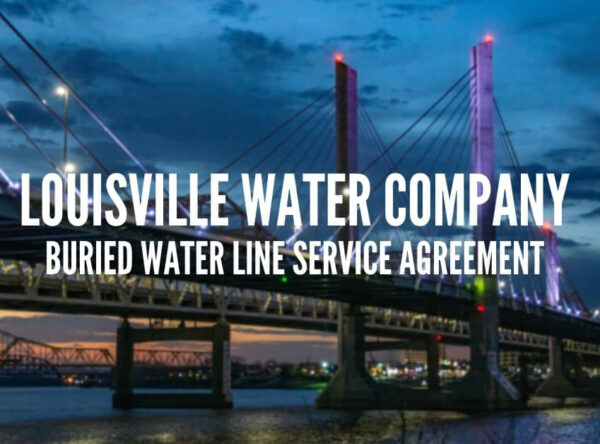
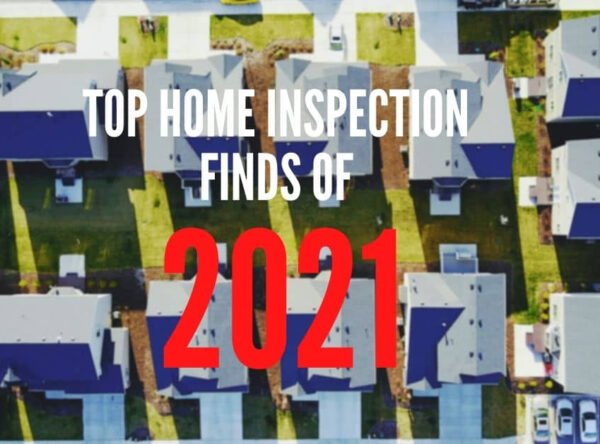
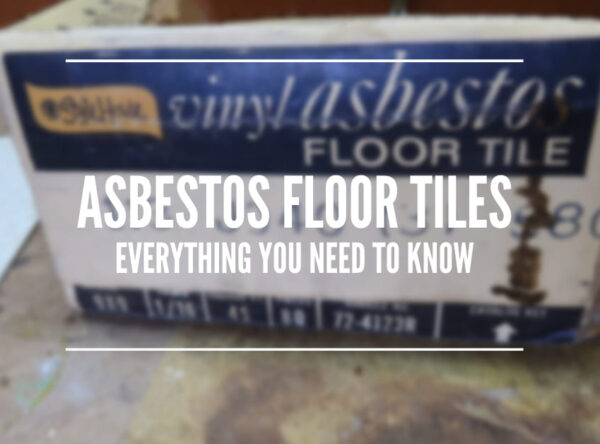
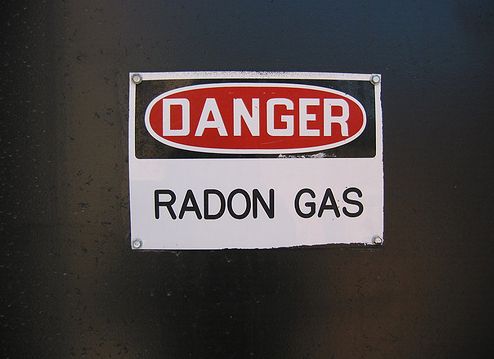
Ben Hendricks
Hi, I’m Ben, and I inspect houses. I grew up with a hammer in my hand, and have been a professional home inspector for 15 years. My blog is here for info about home inspections around the Louisville, Kentucky area, and just about anything construction-related.